Hoa Thanh Commune is located in the west of Chau Thanh District, with a 5.5km border with Cambodia, and a total natural area of 3,424 hectares. Of which, the agricultural land area is nearly 3,000 hectares, mainly used by people to grow rice and cassava.
To increase income and stabilize their lives, many households have boldly converted ineffective rice and cassava growing areas to other crops. A typical example is the mango growing model of Mr. Tran Huu Phuoc in Hiep Binh hamlet, which brings stable income to his family.
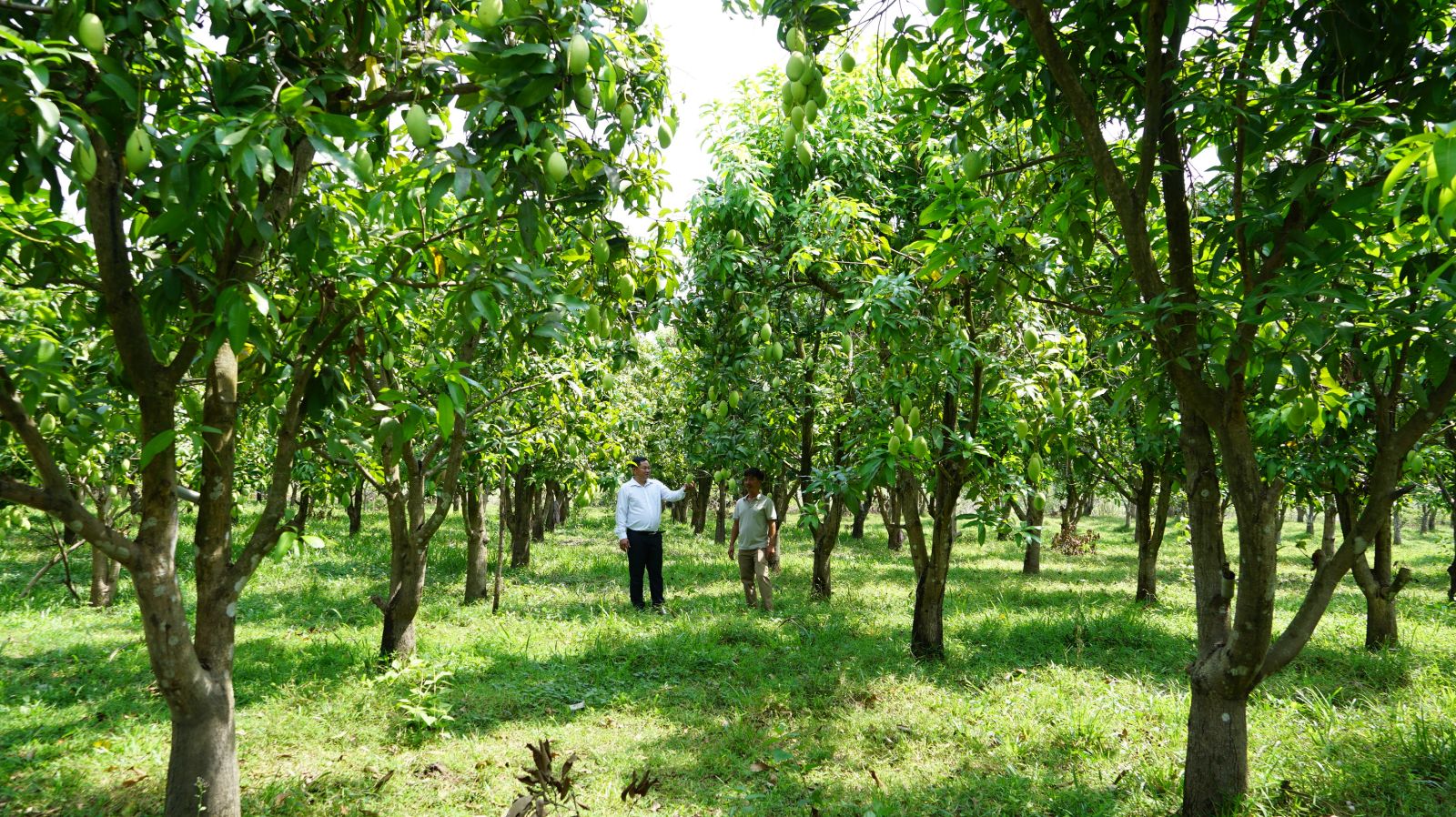
Recently, Cambodian mangoes have flooded the domestic market, gradually "outshining" domestic mangoes in terms of appearance, quality and price... Grasping the market's demand, many farmers in the border area of Chau Thanh district bought seeds and tried growing this type of mango, initially bringing high economic efficiency.
Mr. Tran Huu Phuoc, residing in Hiep Binh hamlet, Hoa Thanh commune, Chau Thanh district, led us to visit a mango garden of more than 5 hectares, which was bearing heavy fruit.
“I grow the Cambodian mango variety, with a yield of over 30 tons/ha. This year, due to frost, the yield may not be as high as in previous years. Last year, I sold it to a purchasing company for about 10,000 VND/kg. Currently, the price from traders is over 6,000 VND/kg. At this price, after deducting all expenses, I earn over 100 million VND/ha. In previous years, I grew one crop, but this year I may increase it to 2-3 crops,” Mr. Phuoc shared.

According to Mr. Phuoc, Keo mango is very easy to grow, less susceptible to pests and diseases than other crops, the time from planting mango seeds to fruiting is about 24-30 months, because it has few diseases, so it requires little fertilizer or pesticides. This is also a type of tree that can withstand flooding well, in the rainy season, the water can reach half the tree trunk but the fruit still grows well on the tree.
Keo mango is easy to grow, has an early harvest, is less prone to disease and is easier to care for than other trees. He used to grow cassava, then switched to growing Keo mango. It turns out that 1 hectare of mango brings in better income than growing rubber and cassava.
Mr. Phuoc shared that to ensure productivity for the next crop, one should not leave too many fruits. After harvesting, one should cut the branches to create ventilation for the garden. When the tree sprouts strong shoots, one should fertilize and spray pesticides to stimulate the tree to bloom simultaneously.
After the mango flowers, growers need to limit water so that the amount of fertilizer is focused on feeding the flowers and not the stems. In the dry season, water once every 7-10 days, but when water is limited, water only periodically every 10-15 days and the amount of water is reduced to just enough to wet the plants, not soaking them like at other times.
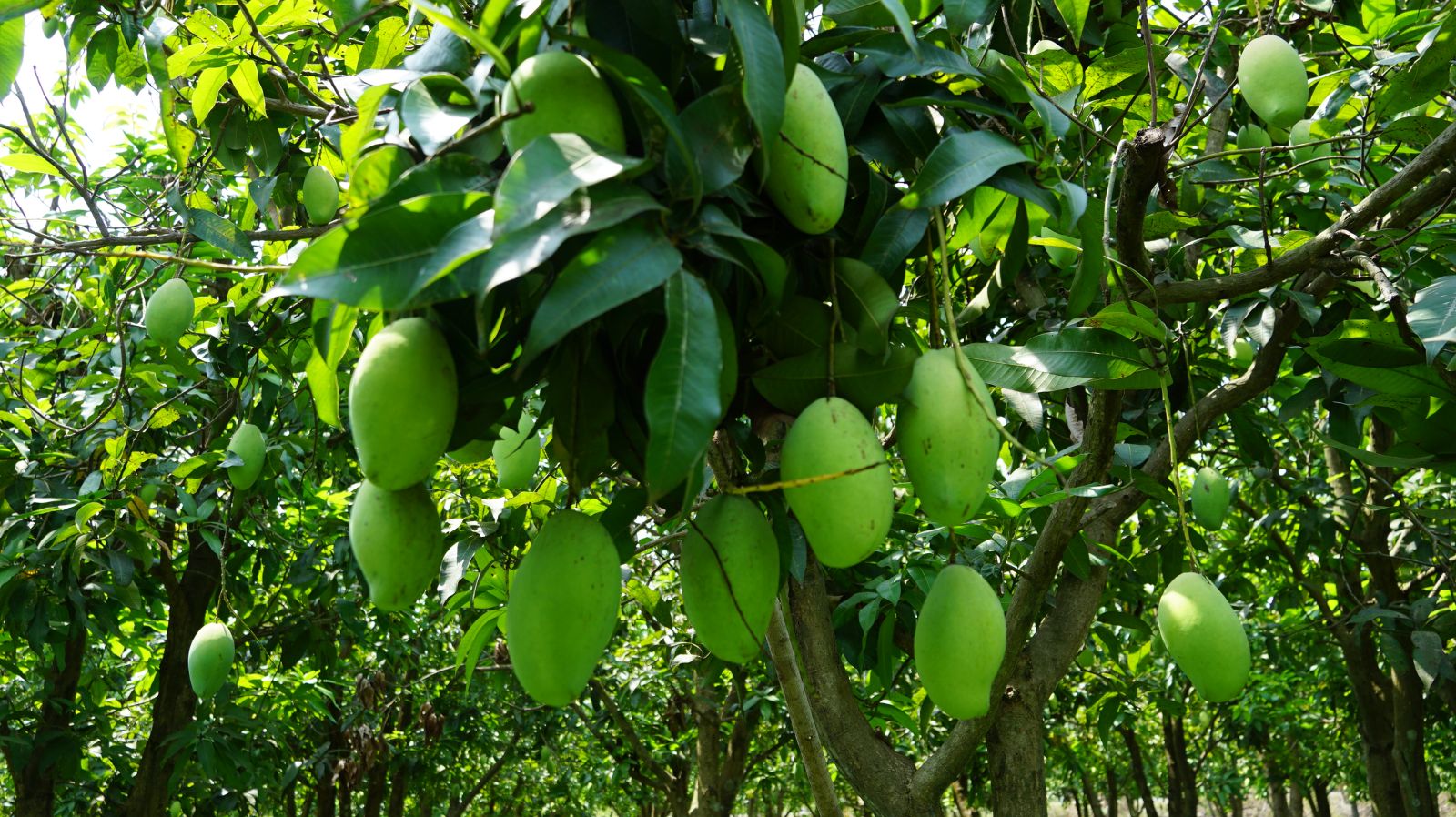
Mr. Phuoc said: “After more than 10 years of growing, it can be affirmed that Keo mango is completely clean and safe for consumers. During the process of care until flowering, fruiting, and harvesting, we do not use any chemicals. In particular, the fruit has a thick skin so it is not bitten by worms or aphids and can be transported long distances without being crushed. Therefore, this type of mango is favored by many consumers.”
With many outstanding features such as: easy to grow, easy to care for, high yield and stable price... Keo mango promises to be one of the main crops for farmers to develop their family economy. However, there is a difficult reality that Keo mango is traded by farmers in small-scale form, mainly in the domestic market.
Therefore, Mr. Phuoc and other mango growers hope that the authorities and businesses will have policies to help farmers find outlets for their mangoes at more stable prices so that farmers can feel secure in production.
It is known that Mr. Phuoc's mango garden is preparing documents to register for VietGAP certification. If this certification is granted, the price of mangoes will be higher and it will be easier to supply to purchasing units, markets, and supermarkets.
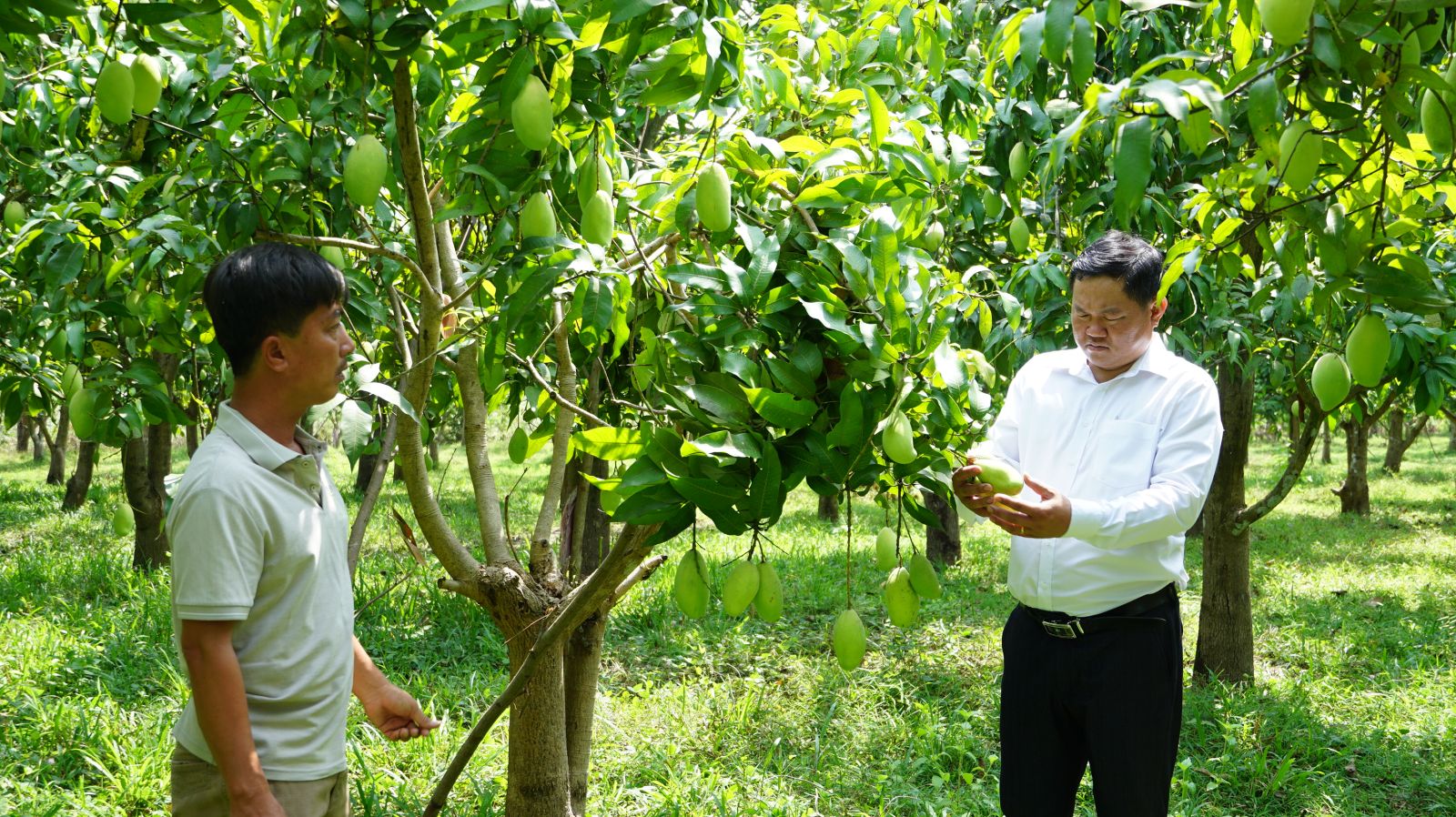
Mr. Nguyen Tan Dat - Vice Chairman of Hoa Thanh Commune People's Committee, Chau Thanh District said that the local authorities are currently preparing VietGAP certification documents for Mr. Tran Huu Phuoc's mango garden. If VietGAP is recognized, it will contribute to increasing the value of the product, bringing higher income.
Thanks to boldly converting crop varieties to suit soil conditions, farmers in the border area of Hoa Thanh commune now have a stable source of income from Keo mango. Keo mango trees "found their place" on arid land and can be considered a production development model that brings economic efficiency to growers.
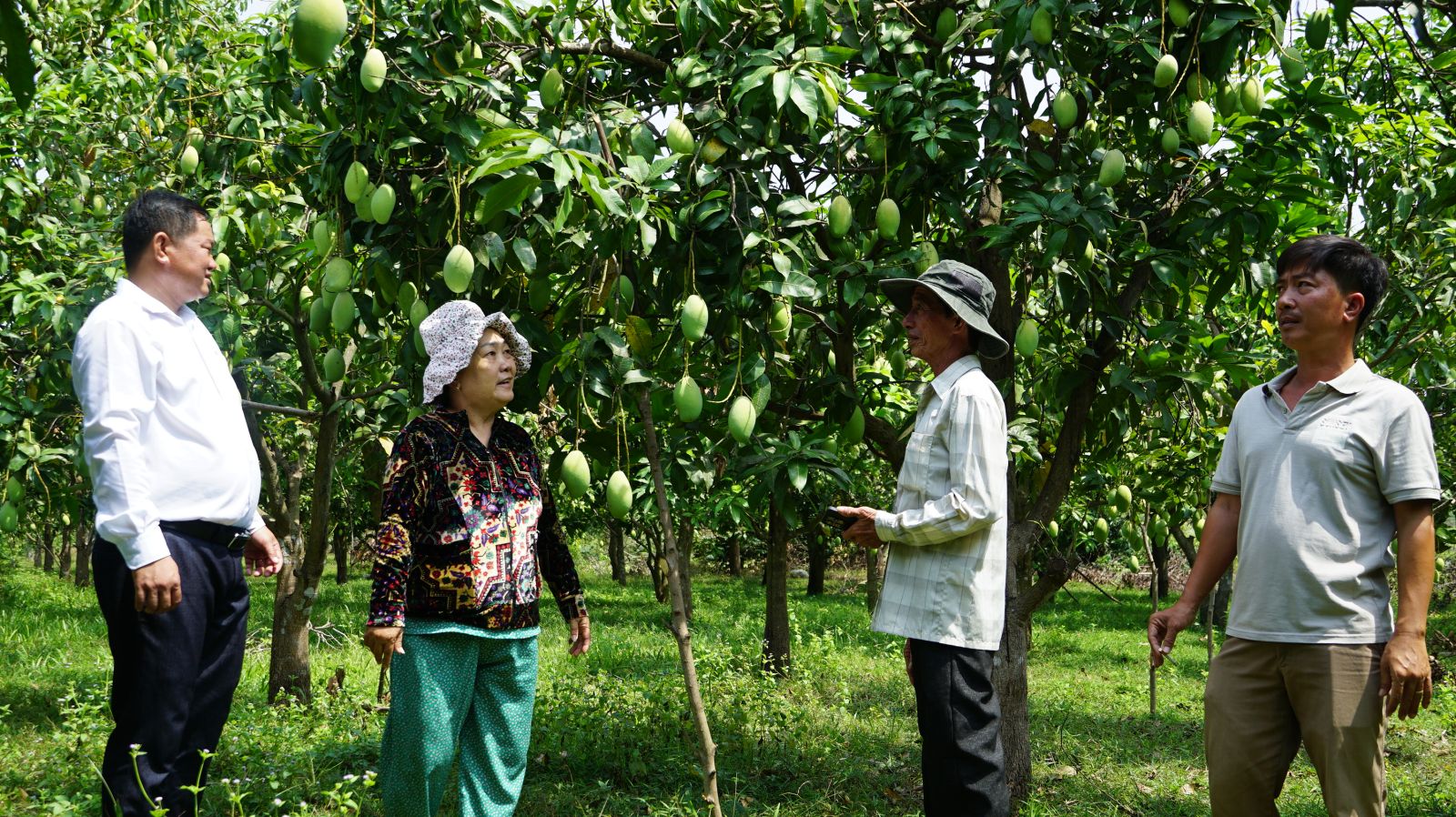
In the coming time, the locality will continue to encourage and support people to convert traditional crops with low economic value to develop crops with higher economic value, including mango trees; thereby forming concentrated production areas associated with production linkage and product consumption; opening training courses on techniques for planting, care, nurturing and reasonable exploitation; at the same time, encouraging and supporting people to establish cooperatives and cooperatives as a bridge in linking product consumption for people with businesses.
Hoang Yen - Nhi Tran
Source: https://baotayninh.vn/xoai-keo-ben-re-tren-dat-vung-bien-a188631.html


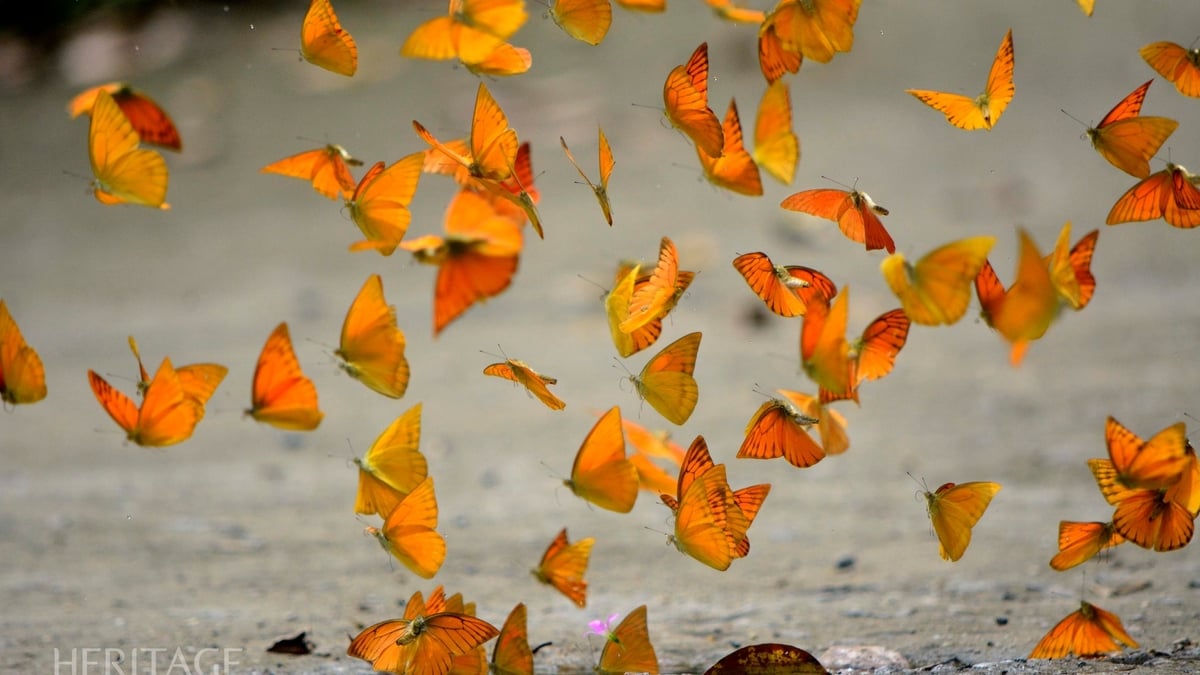
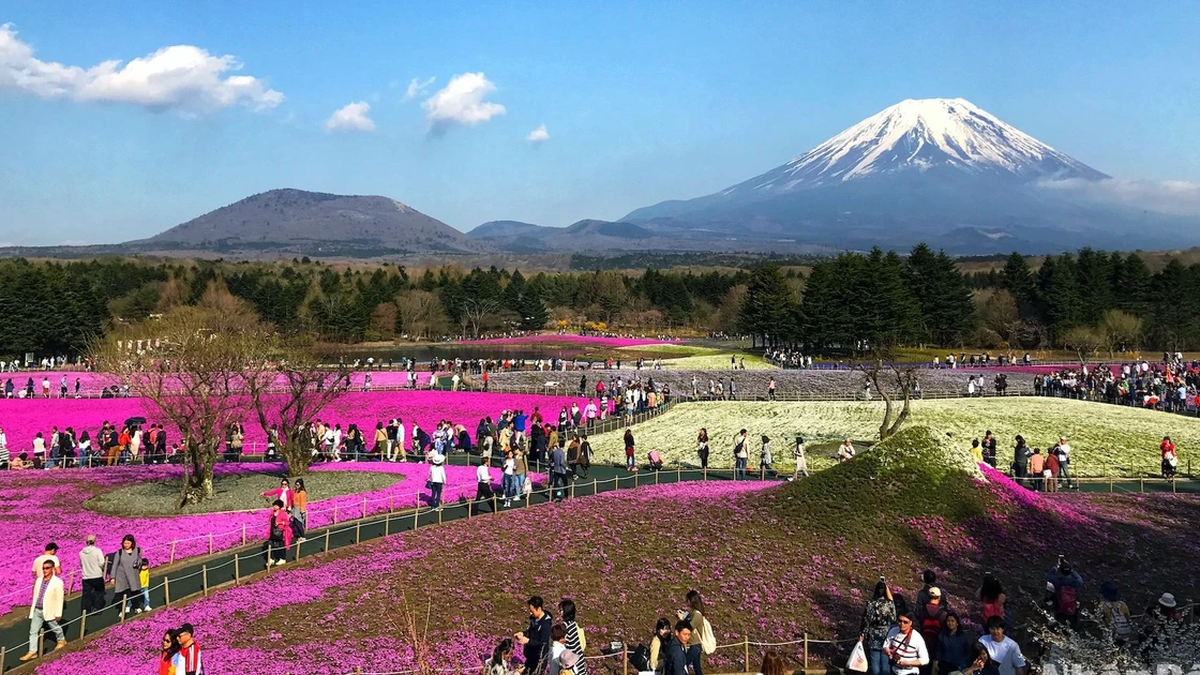
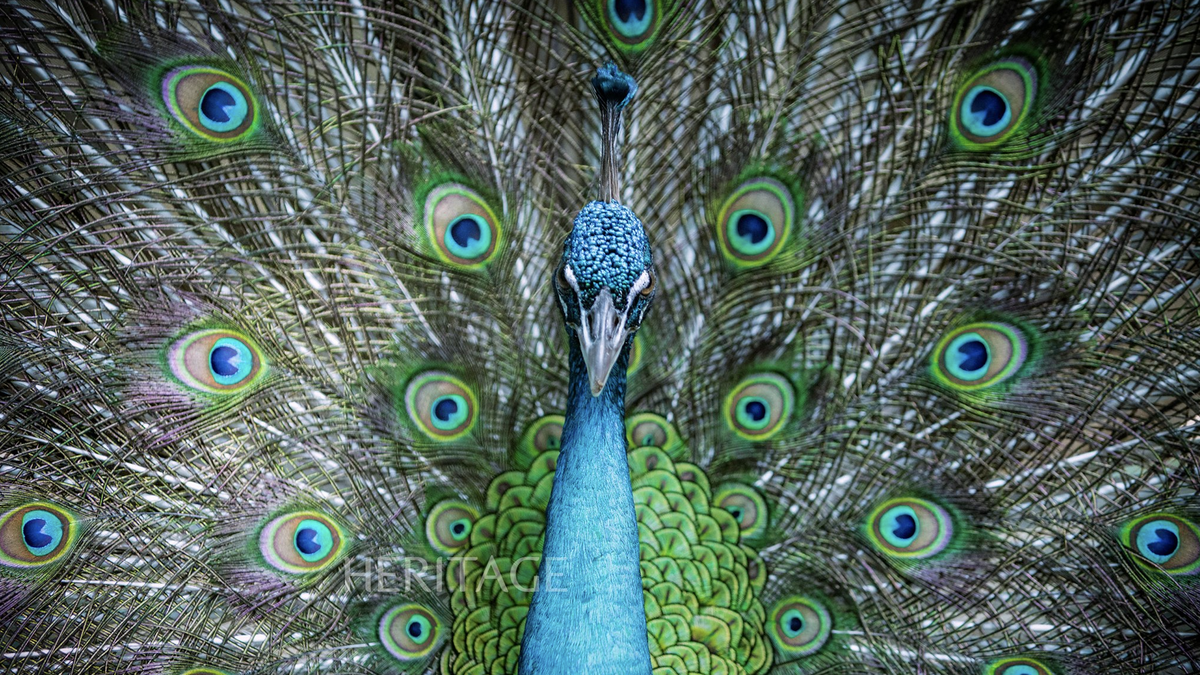
![[Photo] General Secretary To Lam receives leaders of typical Azerbaijani businesses](https://vphoto.vietnam.vn/thumb/1200x675/vietnam/resource/IMAGE/2025/5/8/998af6f177a044b4be0bfbc4858c7fd9)


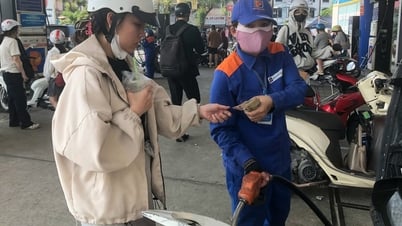
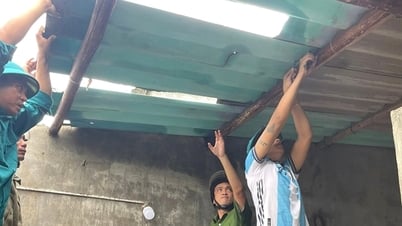
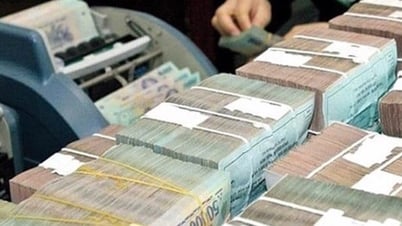

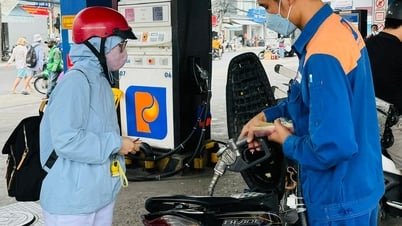
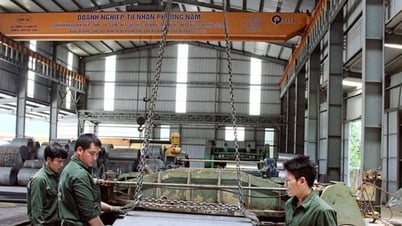




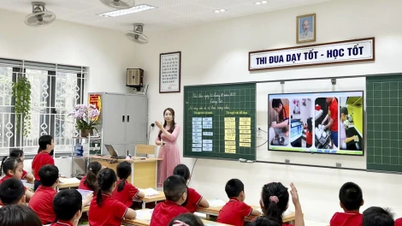
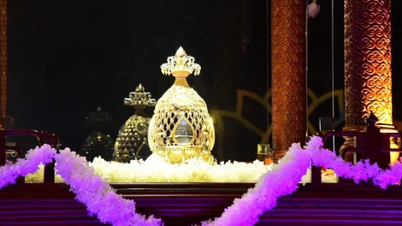
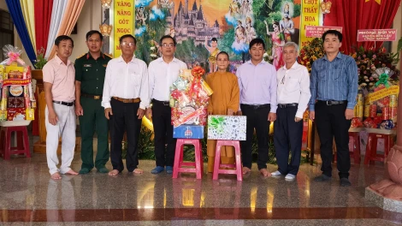
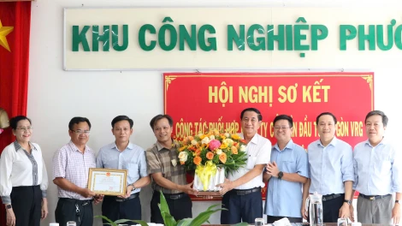
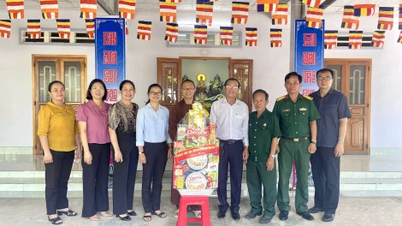
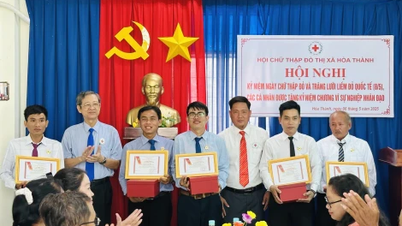
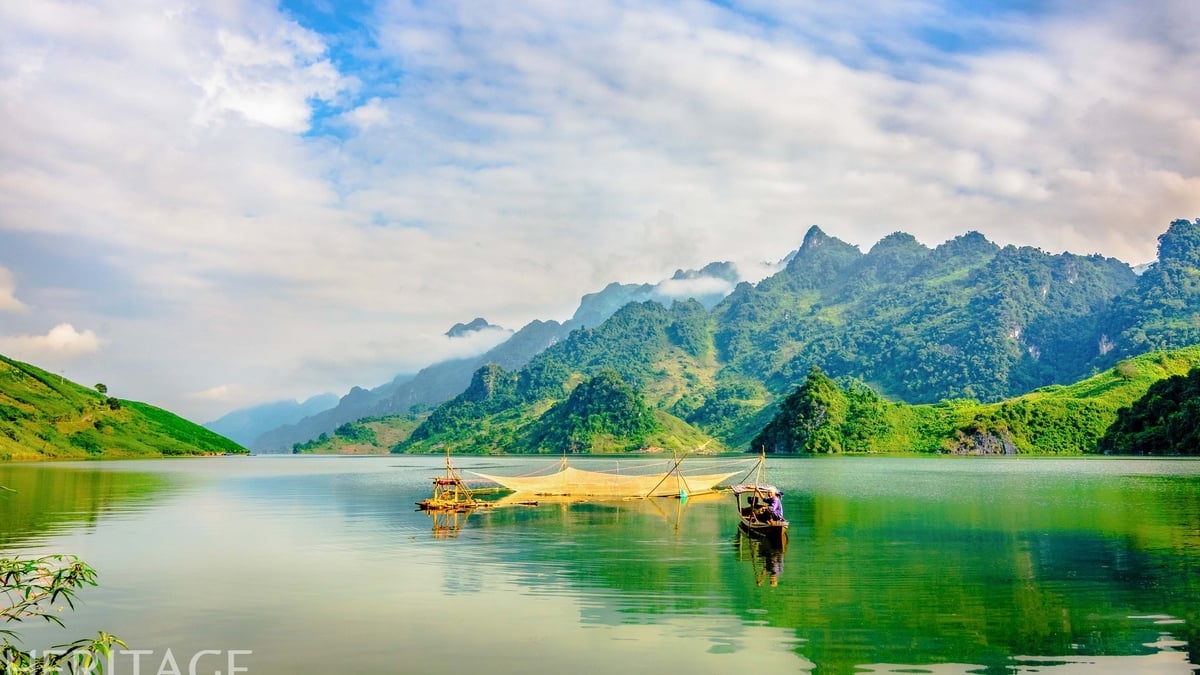

































![[Photo] Prime Minister Pham Minh Chinh talks on the phone with Singaporean Prime Minister Lawrence Wong](https://vphoto.vietnam.vn/thumb/402x226/vietnam/resource/IMAGE/2025/5/8/e2eab082d9bc4fc4a360b28fa0ab94de)








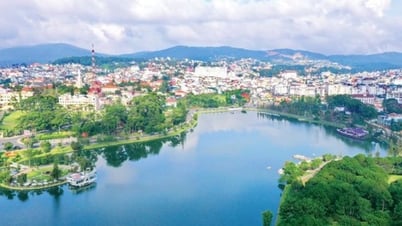

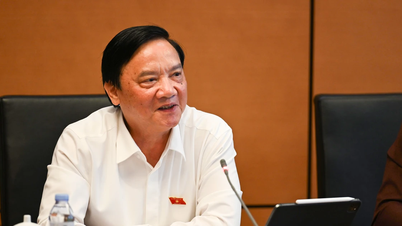

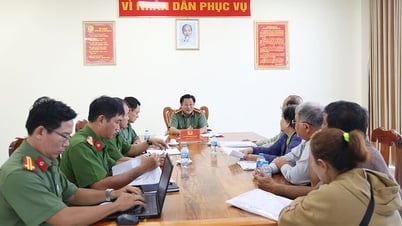

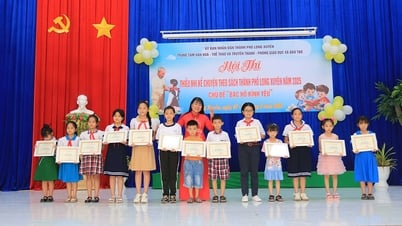
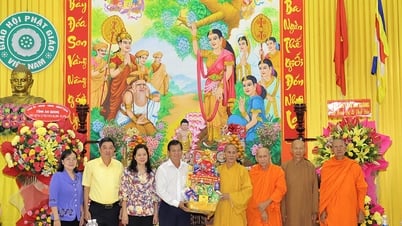
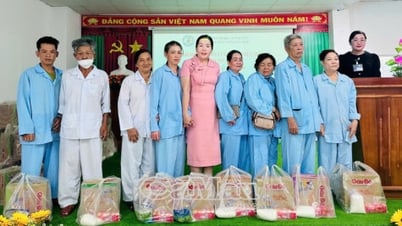

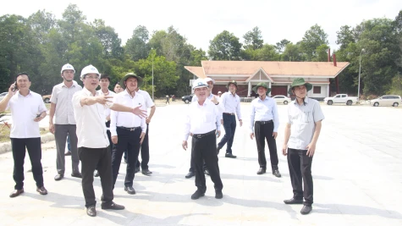












Comment (0)